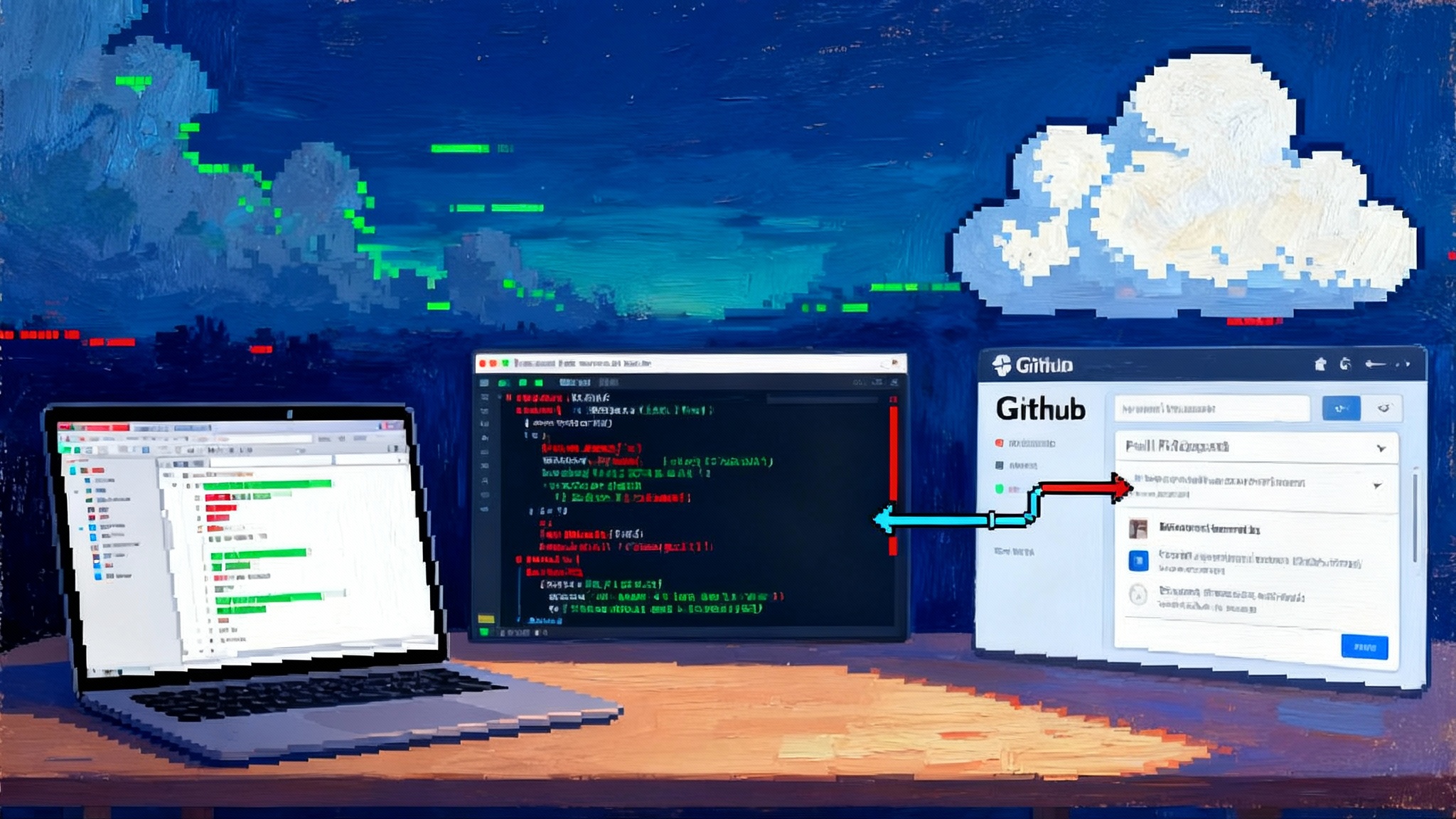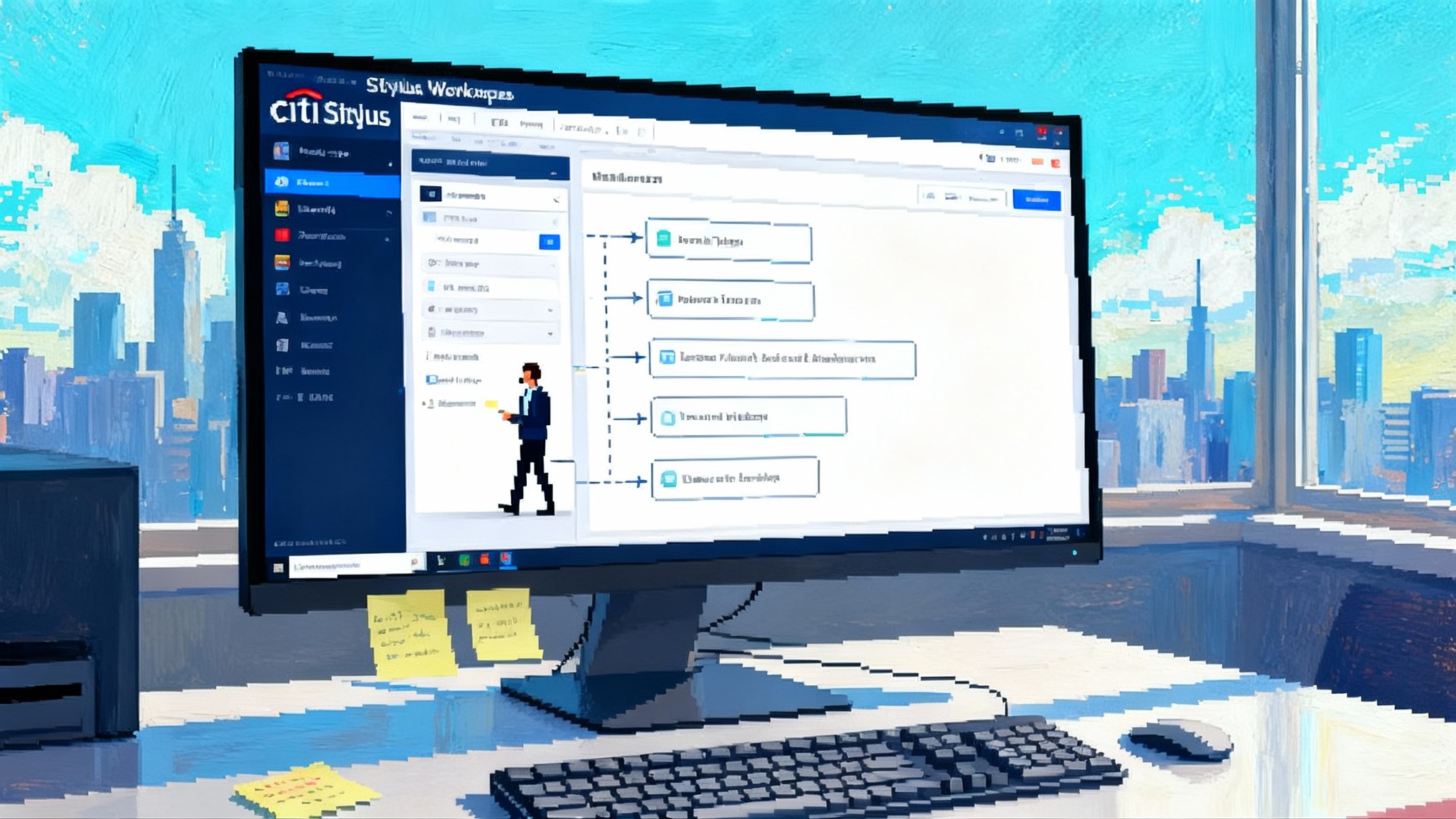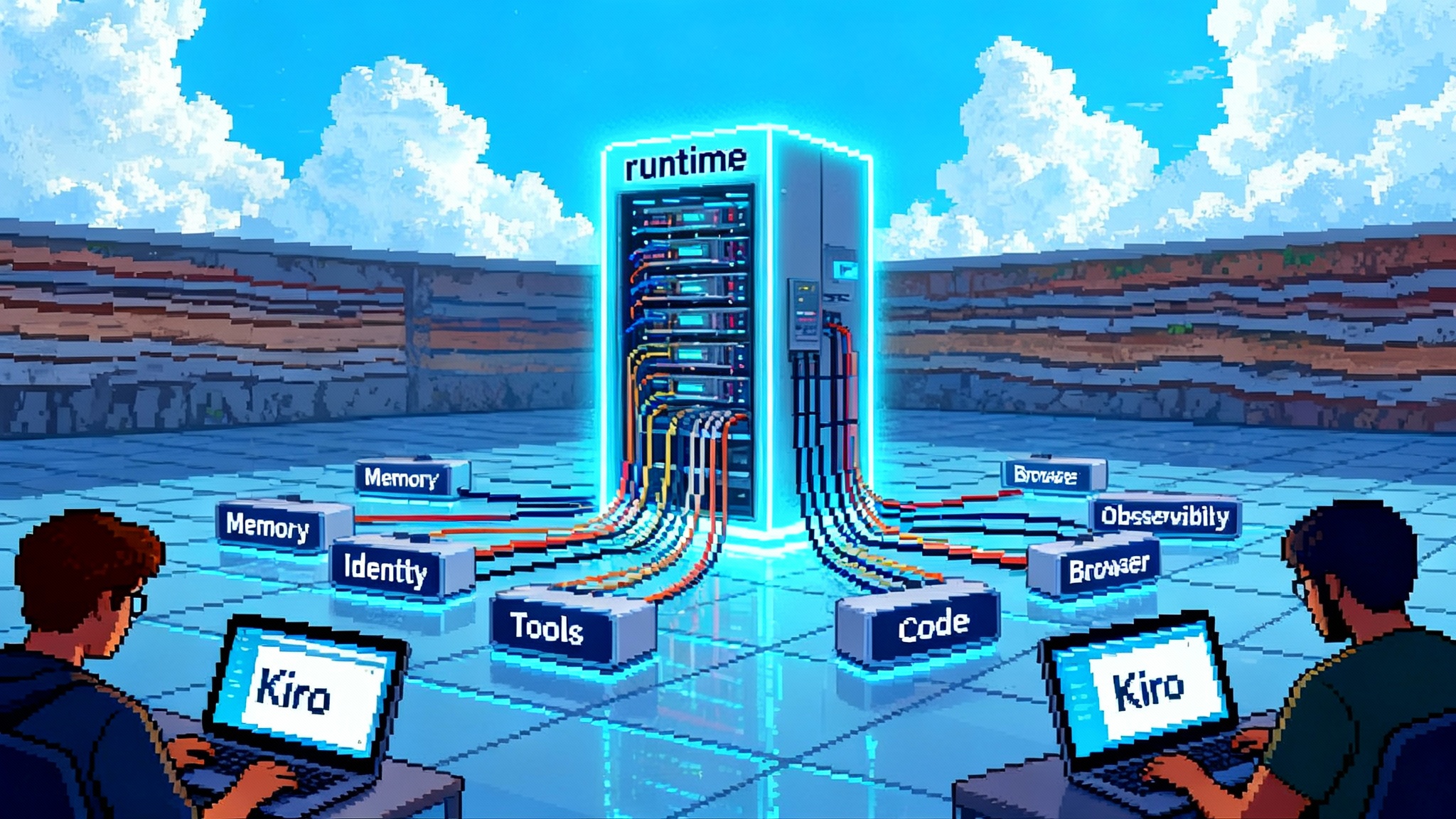GPT‑5‑Codex ushers in truly autonomous coding agents
OpenAI’s GPT-5 Codex upgrades turn coding copilots into agents that plan, execute, and review across IDE, terminal, cloud, and GitHub. See what changed, how workflows evolve, and how to roll it out safely with a 30-60-90 plan.

The moment agentic coding leaves the lab
On September 15, 2025, OpenAI introduced GPT-5 Codex, a version of GPT-5 tuned for real software engineering in Codex. The release bundles model improvements with product changes across the CLI, IDE extension, cloud agent, and GitHub integration. Together they push coding tools from conversational copilots to agents that can take ownership of work. For the first time, many teams can credibly delegate entire tickets with guardrails, then review the result like they would a human PR. You can read more in OpenAI’s OpenAI Codex upgrades overview. For broader org context, see how this fits the enterprise agent stack architecture.
This article breaks down what is new, how it changes repo workflows and code review, what it means for velocity, QA, and compliance, and how to roll it out safely. We also compare GPT-5 Codex with Claude Code, GitHub Copilot, and Cursor to help you decide when to delegate whole tickets and when to keep a human in the loop.
What is actually new in GPT-5 Codex
Three changes matter most.
1) Dynamic think time
- The model adjusts how long it plans and reasons based on task complexity. It feels fast during interactive pairing and takes longer for autonomous refactors or multi-file changes. This adaptive behavior reduces the old tradeoff between responsiveness and depth.
2) Sustained multi-step execution
- Codex can keep a coherent plan over extended sequences of edits, tests, and retries. It tracks a to-do list, calls tools in the right order, and operates in the background while you move on. That persistence is the critical boundary between assistance and agency.
3) Integrated safety and guardrails
- OpenAI ships strict sandboxing by default, with network access disabled until you explicitly allow it. There are configurable approval modes in the CLI and IDE extension, and the cloud environment can limit access to trusted domains. The agent is trained to verify its outputs by running commands and tests. These safeguards make longer autonomous runs practical.
Other notable upgrades
- IDE awareness: The Codex extension brings the agent into VS Code and compatible forks. It uses local context such as open files or selections and lets you move tasks between cloud and local.
- GitHub-native code review: Codex can automatically review PRs as they move from draft to ready, and you can mention the agent to run focused checks or implement edits.
- Frontend proficiency: You can share screenshots or design specs, and the agent will iterate visually in the cloud, attaching screenshots of progress to tasks and PRs.
From copilots to autonomous agents
Copilots excel at inline edits, answers, and quick scaffolding. Agentic systems add three capabilities that change the shape of work:
- Statefulness: A persistent plan that survives retries, test failures, and smaller dead ends.
- Tool competence: Running commands, reading diffs, navigating the repo, and verifying behavior in a sandbox.
- Workflow integration: Operating where the work lives, not in a separate chat. That means terminals, IDEs, GitHub PRs, and CI.
GPT-5 Codex ties these together. You can pair with it live in your editor, hand it a multi-hour background task in the cloud, and let it review PRs with the same model. The result is a continuous delegation surface across your stack. For a real-world benchmark of enterprise readiness, compare with Citi’s scale in the Citi 5,000 user agent pilot.
How repo workflows change
Here is how day-to-day development shifts when agents are competent and integrated.
- Ticket triage becomes delegation: Instead of assigning every ticket to a human, label some as agent first. The agent gets the issue spec, spins a branch, edits files, runs tests, and opens a PR. Humans review and merge.
- IDE sessions become short handoffs: Explore the approach for a few minutes with the agent in your editor, then push the longer execution to Codex cloud so you can stay in flow.
- Code review gains a pre-screen: Codex posts structured findings to PRs and can implement follow-ups on request. Reviewers spend more time on architecture and risk and less on nits and missed tests.
- Documentation and tests by default: Because agents are consistent, they attach logs, test runs, and screenshots to tasks. They can also generate missing tests as part of the fix, not as a separate step.
Repository hygiene improves if you tune your conventions. Put coding standards, dependency policies, and security checks in machine-readable files that agents will follow. The more deterministic your repo, the better the results.
Impact on velocity, QA, and compliance
Velocity
- Lead time shrinks for small and medium tasks since you can parallelize dozens of autonomous runs without disrupting human focus. Managers can keep a steady queue of low-risk improvements flowing to production.
- Human time shifts from typing to supervision, design, and integration. Senior engineers can multiply their impact by reviewing agent output and pairing on the hard edges.
QA
- Agents that run tests and linters by default catch errors sooner. If you let the agent write missing tests while implementing a change, your effective coverage rises over time.
- For UI work, the ability to look at screenshots and iterate reduces the back-and-forth on visual polish.
Compliance and security
- Default sandboxing, permission prompts, and domain allow lists reduce the risk of data exfiltration or accidental damage.
- PR review policies can enforce that every agent PR has logs, diffs, and test results attached. That becomes an auditable trail for internal and external reviews.
- Clear separation of duties is possible: restrict agents from protected branches, require human sign-off, and capture all changes in the PR thread.
For strategic context on infrastructure and capacity, see the OpenAI and Nvidia 10GW bet.
A pragmatic rollout playbook
You do not need a moonshot to get value. Start small, instrument well, and scale what works.
1) Pilot scope
- Choose two repositories with good test coverage and standard tooling.
- Curate a backlog of 20 to 40 tickets. Focus on bug fixes with testable acceptance criteria, dependency updates, and small feature increments.
- Define explicit exclusions: secrets rotation, production data migrations, and anything with ambiguous requirements.
2) Sandboxing and access
- Cloud agent: Keep network access off at first. Allow only your package registry and documentation site if needed.
- Local agent in IDE: Default to read only or approve before write until your team trusts the flow. Require explicit confirmation for commands that change state.
- GitHub: Grant the agent a least-privilege bot account scoped to pilot repos. Disallow merges without a human approval.
3) Evaluation metrics
- Cycle time: Ticket opened to PR opened, PR opened to merge, overall lead time.
- Review load: Human comments per PR, percentage of agent suggestions accepted on first pass.
- Quality: Test pass rate on first CI run, escaped defects within 14 days of merge, rollback rate.
- Security and compliance: Policy violations caught before merge, presence of artifacts per PR, adherence to coding standards.
- Cost: Tokens per ticket, developer hours saved per ticket as self-reported in a quick pulse survey.
4) Governance and controls
- Guardrails: Approval modes in CLI and IDE, required PR checks, model version pinning, and network allow lists.
- Data controls: Ensure the org setting aligns with your data retention policy before you scale usage.
- Change management: Document an agent runbook. Include examples of good ticket specs, approval criteria, and when to escalate to a human.
- Incident process: Tag a security or platform engineer as the on-call owner of the agent service. Practice a stop-switch drill.
5) Iterate and expand
- After 3 to 4 weeks, promote proven patterns. Increase ticket scope to include medium complexity refactors. Add one more repo with weaker tests to learn how the agent copes.
- Tighten acceptance criteria. Move from pilot-only rules to broader organization policies that encode agent behavior and reviewer expectations.
When to delegate whole tickets vs keep a human in the loop
Use this simple decision rubric.
Delegate the ticket when
- The acceptance criteria are clear and testable. There are reproducible steps and a deterministic outcome.
- The change surface is limited and well covered by tests. Think dependency bumps, small features within a stable module, or bug fixes surfaced by CI.
- You already know the desired pattern. The agent can follow an established approach and does not need to invent a new architecture.
Keep a human tightly in the loop when
- The ticket spans multiple services, relies on tacit knowledge, or hinges on product tradeoffs that are not written down.
- The repo has poor or flaky tests, or the integration risk is high. You might still let the agent draft code and tests, but you will supervise each step.
- The work involves secrets handling, migrations with irreversible effects, or compliance requirements that need human judgment.
A practical hybrid is common: have the agent draft the approach and tests, then switch to interactive pairing for integration choices and edge cases.
GPT-5 Codex vs Claude Code vs GitHub Copilot vs Cursor
All four can help you ship faster. Their strengths differ by environment and control surface.
GPT-5 Codex
- Best fit: Teams that want one agent across terminal, IDE, cloud, and GitHub with tight safety defaults and strong code review. Dynamic think time improves the pairing experience while still handling longer autonomous tasks. If you already rely on ChatGPT credentials and want a single model to power agent runs, code review, and frontend iterations with images, Codex is the most integrated option.
Claude Code
- Best fit: Terminal-first engineers who value explicit approvals and stepwise autonomy. Claude Code emphasizes deep repo understanding and asks before modifying files or issuing git commands. It integrates with IDEs, but the command-line flow is the anchor, which can be appealing when you want strong manual control during long sessions.
GitHub Copilot
- Best fit: Teams centered on GitHub and VS Code that want agent mode inside the editor and AI code review on PRs. Copilot’s code review is improving across languages and is wired directly into repository rules and enterprise policies.
Cursor
- Best fit: Developers who want a full IDE with a built-in agent that runs terminal commands, edits files, and can work in the background on web or mobile. Cursor’s agent tools and background runs offer a smooth autonomy slider from inline edits to full task delegation.
How to choose for ticket delegation
- Delegate whole tickets to GPT-5 Codex when you want end-to-end continuity across cloud tasks, IDE pairing, and integrated code review under consistent policies.
- Delegate to Claude Code when the task is complex but your team wants a very explicit permission model, strong terminal control, and a conservative approval loop.
- Delegate to GitHub Copilot when the task lives entirely in a GitHub-centric flow and you want repository policies, PR review, and editor integration to be managed by the same vendor.
- Delegate to Cursor when you prefer an IDE that makes agent runs native and you plan to operate many background tasks with frequent human checkpoints in the same workspace.
Keep humans in the loop for any cross-service or high-blast-radius work, regardless of the tool.
How code review changes with agents in the loop
Code review becomes more like triage with structured checks.
- Automated first pass: Configure the agent to run a standardized review checklist. Confirm intent matches diff, verify tests cover the change, and scan for dependency or security regressions.
- Conversational follow-ups: Reviewers can ask the agent to implement suggested changes and re-run tests in the same PR thread. This turns PR review into a productive back-and-forth rather than a long chain of human edits.
- Policy encoding: Put repo rules and standards in versioned files. Agents read these and produce consistent comments. Over time you will see fewer subjective nits and more focus on correctness and design.
Guardrails, safety, and governance
OpenAI details a layered approach for GPT-5 Codex safety, from model-level mitigations for harmful behavior and prompt injection to product-level controls like sandboxing, permission prompts, and configurable network access. If you need to cite a single resource for auditors, point them to the GPT 5 Codex system card addendum. Combine these controls with your own:
- Production separation: Run agents in non-prod environments except during controlled release steps. Mirror production data with synthetic or masked datasets.
- Approval modes: Start with read only or approve before write. Gradually move to auto apply in narrow directories once the signal is strong.
- Least privilege: Scope bot credentials, pin model versions, and require a human reviewer for protected branches.
- Auditability: Require logs, command transcripts, and test results attached to PRs. Store them for the same retention period as human code review artifacts.
A 30-60-90 plan to adopt agentic coding
Days 1 to 30
- Stand up Codex in the CLI and IDE for 10 engineers. Connect to two pilot repos. Keep network access off.
- Define pilot ticket types, PR checklist, and success metrics. Train reviewers on how to interact with agent PRs.
- Run 30 agent tickets. Track cycle time, review load, and quality signals.
Days 31 to 60
- Expand to three more repos. Turn on GitHub code review and require agent checks on PRs.
- Allow network access to trusted domains for one repo with frontend work. Introduce image-based specs and screenshots in the cloud agent.
- Start a weekly governance review. Adjust approval modes and bot permissions based on incidents and outcomes.
Days 61 to 90
- Add medium complexity refactors. Let agents draft migrations behind feature flags with humans driving rollout.
- Publish updated engineering standards that agents consume. Include code style, dependency policies, and security guidelines.
- Present results to leadership with metrics and example PRs. Decide on broader rollout, seat allocation, and training.
The bottom line
GPT-5 Codex is not just a smarter model. It is an opinionated product release that turns autonomous coding from demos into a dependable daily workflow. Dynamic think time makes pairing feel natural. Persistent execution lets you hand off real tasks. Built-in guardrails keep things safe enough to try at scale. Whether you adopt it directly or compare it against Claude Code, GitHub Copilot, or Cursor, the pattern is clear. Autonomous agents can own tickets within guardrails, while humans focus on design, integration, and judgment. Start small, measure hard, and scale what works. That is how you turn agentic coding into durable engineering advantage.








